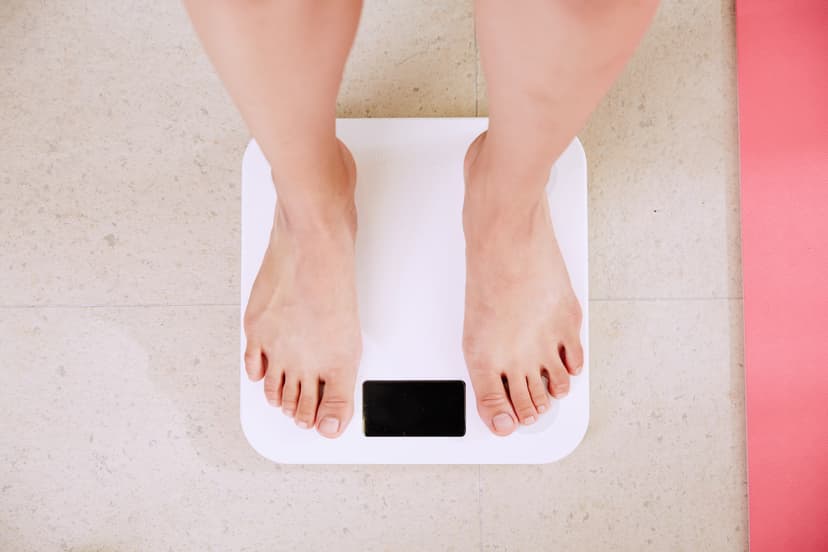Recipe Calorie Counter
Paste in a recipe URL to to see links to the nutrition facts:
Calculate Calories in Recipe: A Simple Guide to Nutritional Analysis
Calculating the calories in a recipe is essential for those who want to manage their diet effectively. Using a recipe nutrition calculator, you can gain detailed insights into the nutritional value of your homemade dishes. These tools allow you to enter your ingredients and measurements to receive a breakdown of calories, carbs, fats, protein, and other nutrients.
For easy and accurate analysis, MealByMeal offers a user-friendly recipe analyzer where you can just copy and paste your list of ingredients.
Enhancing your recipes for better nutrition becomes straightforward when you can accurately measure and adjust ingredients. Whether you aim to reduce calories or increase protein, tools like this empower you to optimize your meals for maximum nutritional benefit.
Understanding Nutritional Components
Accurately calculating the calories in a recipe requires an understanding of various nutritional components, including macronutrients, serving sizes, and how to read nutrition labels. This section will provide detailed insights into these crucial elements.
Macronutrient Fundamentals
Macronutrients are the primary components that provide energy: protein, carbohydrates, and fats. Each gram of protein and carbohydrates provides 4 calories, while each gram of fat provides 9 calories.
In meal preparation, monitoring these macronutrients helps balance the diet.
- Proteins: Essential for muscle repair and growth. Common ingredients include meat, legumes, and dairy.
- Carbohydrates: The body's primary energy source. Found in grains, fruits, and vegetables.
- Fats: Necessary for hormone production and nutrient absorption. Sourced from oils, nuts, and fatty fish.
Understanding the role and caloric value of each macronutrient is key to a detailed nutritional breakdown.
Importance of Serving Size
Serving size significantly impacts the nutritional information of a recipe. Accurately measuring the serving size ensures precise calculation of calories and other nutritional facts.
To determine serving size, list the measurements of each ingredient, such as "200 grams of chicken" or "2 tablespoons of olive oil". Divide the total nutritional content by the number of servings the meal yields.
For instance, if a dish serves four, divide the total calorie count by four to find the calories per serving. This approach helps maintain portion control and nutritional accuracy.
Deciphering Nutrition Labels
Nutrition labels present detailed nutrition facts about food products, including calories, protein, carbs, fats, sodium, and other vital information. Reading labels carefully assists in understanding the composition of ingredients.
Key elements to focus on:
- Serving size: Indicates the portion size the nutritional information is based on.
- Calories per serving: Essential for meal planning.
- Macronutrient breakdown: Lists grams of protein, carbs, and fats per serving.
Utilize these labels to assess and modify recipes for better nutritional outcomes by swapping components to enhance or reduce certain nutrients. For example, replace high-fat oils with lower-fat options to manage calorie intake more effectively.
Calculating Recipe Caloric Content
Understanding the caloric content of a recipe helps in making informed dietary choices, whether for personal health goals or meal planning. Tools and methods vary but typically involve using a recipe calorie calculator.
Using a Recipe Calorie Calculator
A recipe calorie calculator simplifies the process of determining the caloric content of any dish. Users can add ingredients by entering each item into a designated field. The calculator then provides a detailed nutritional content breakdown.
Many platforms offer free recipe calorie calculators. These tools enable users to input a complete list of ingredients, including pasta, spices, or veal, followed by the portion sizes. Some calculators also allow saving recipes to favorites for future reference and modifications based on dietary needs.
Analyzing Homemade Meals
Homemade meals often lack standardized nutritional data, making analysis more challenging. Using a recipe analyzer can help bridge this gap. Users can copy and paste their shopping list or exact recipe into the system.
Afterward, the tool will estimate the nutritional content, including calories and various nutrients. It's particularly helpful for customizing dishes like breakfast or lunch to align with personal goals. For example, modifying ingredient amounts can lead to healthier versions without sacrificing taste.
Troubleshooting Calculation Errors
Errors can occur while calculating the calorie content. Common issues include incorrect portion sizes or missing ingredients. If users encounter an error message, it's critical to recheck the entries for accuracy.
Some platforms provide support for troubleshooting. Reviewing the analysis steps can help resolve issues. Users might also need to delete incorrect entries and re-add ingredients to ensure precise calculations. This meticulous approach guarantees that the final nutritional analysis is reliable and useful for meal planning.

Trying to Lose Weight?Learn about the easiest calorie tracker →